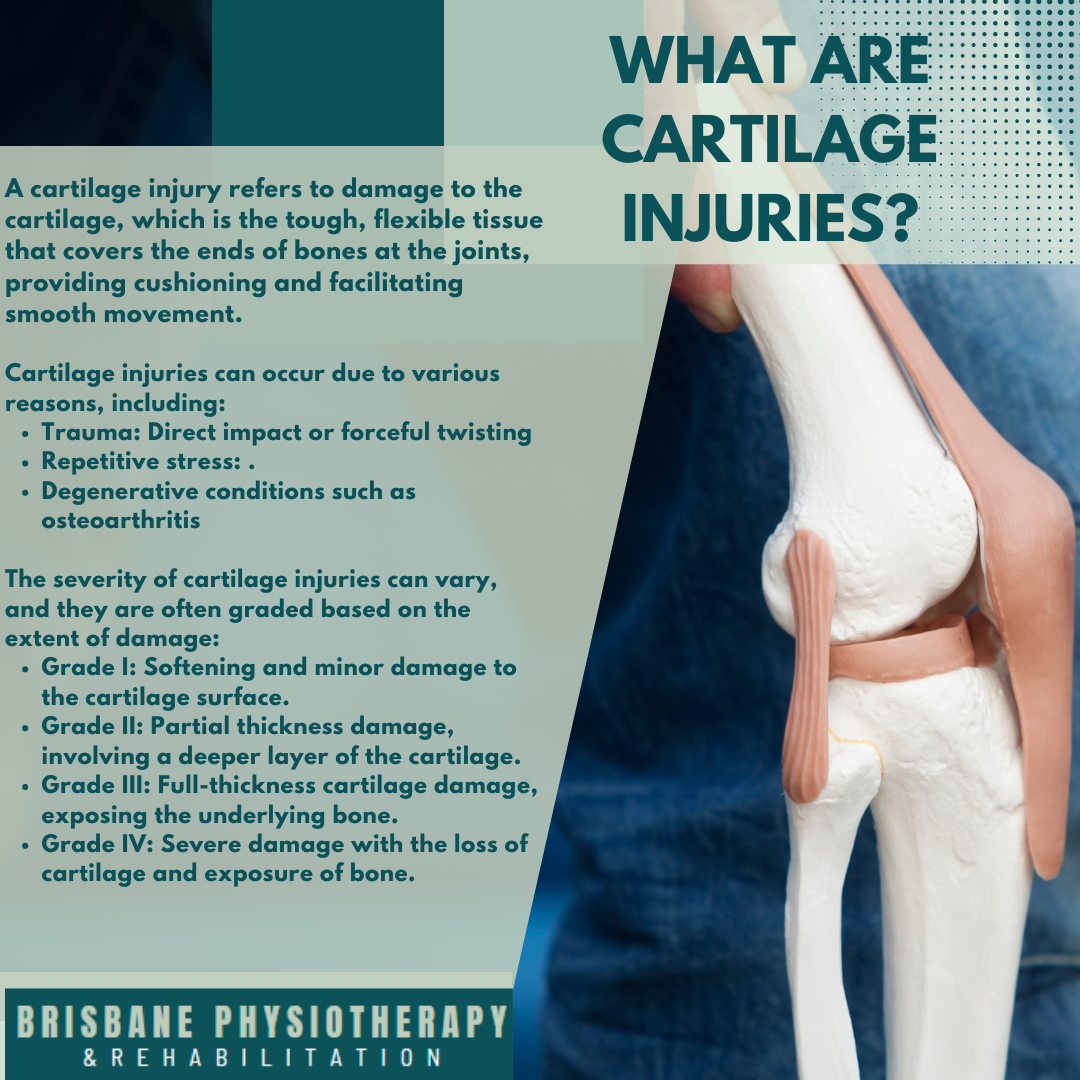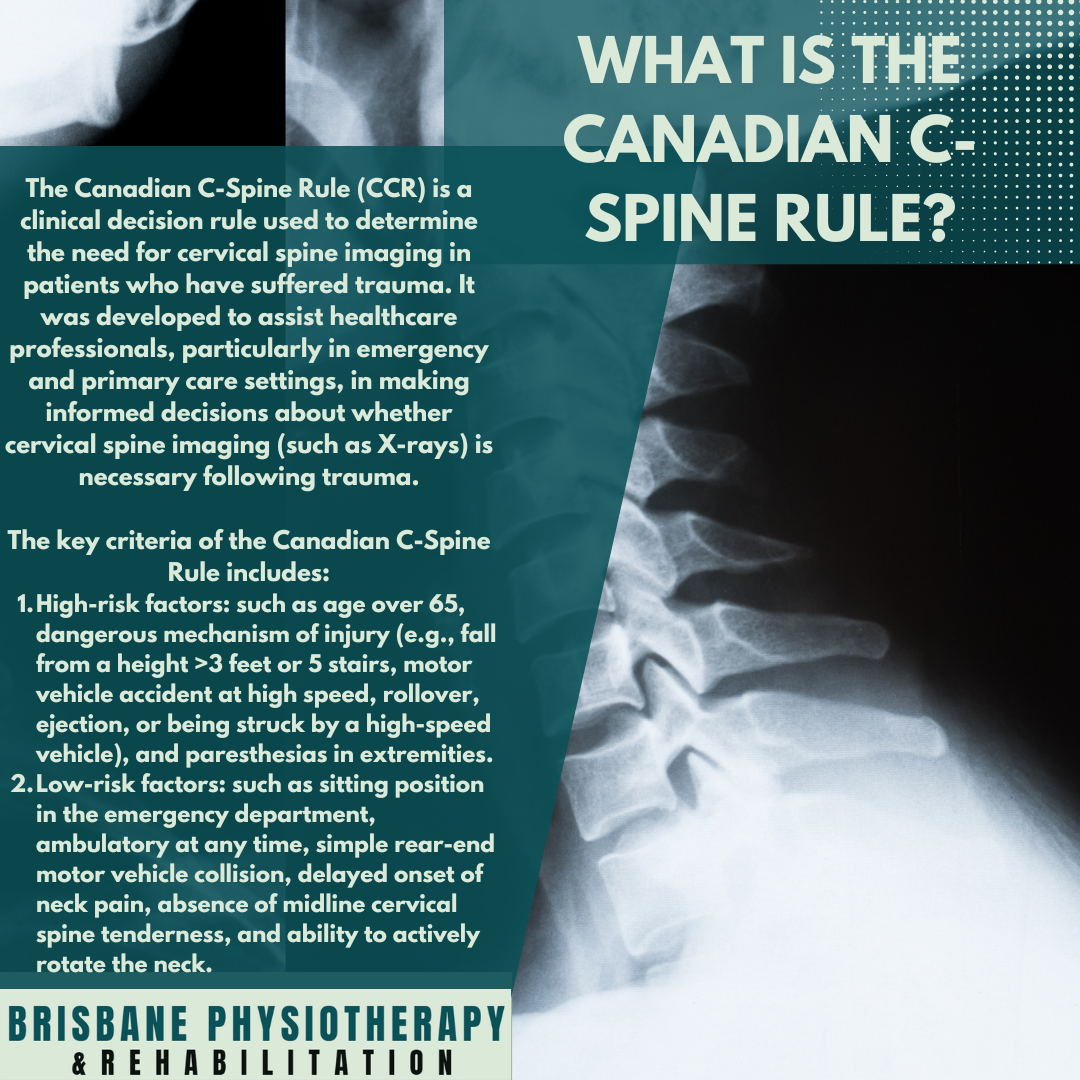
News & Articles

What is a Ligament Injury?
A ligament injury occurs when there is damage to one of the tough bands of fibrous tissue that connect bones to each other and provide stability to joints. These injuries can vary in severity, ranging from mild stretching to partial or complete tears.

What Are Cartilage Injuries?
A cartilage injury refers to damage to the cartilage, which is the tough, flexible tissue that covers the ends of bones at the joints, providing cushioning and facilitating smooth movement. Cartilage injuries can occur due to various reasons, including:
Trauma: Direct impact or forceful twisting of a joint can cause cartilage damage.
Repetitive stress: Activities that put repetitive stress on a joint, such as running or jumping, can lead to cartilage wear and tear over time.
Degenerative conditions: Conditions like osteoarthritis can cause gradual breakdown of cartilage.

What is the Canadian C-Spine Rule?
The Canadian C-Spine Rule (CCR) is a clinical decision rule used to determine the need for cervical spine imaging in patients who have suffered trauma. It was developed to assist healthcare professionals, particularly in emergency and primary care settings, in making informed decisions about whether cervical spine imaging (such as X-rays) is necessary following trauma.

Can Fascia Get Injured?
Fascia is the connective tissue that surrounds muscles, groups of muscles, blood vessels, and nerves, providing support and protection to these structures. A fascia injury refers to damage or trauma to this connective tissue.

The Benefits of Having Good Proprioception as an Athlete
Proprioception refers to the body's ability to sense its position, movement, and spatial orientation. It's the sense that allows you to know where your body parts are without having to look at them. This is possible due to proprioceptors, which are specialised sensory receptors located in muscles, tendons, and joints that send information to the brain about the body's position and movement.

How Does Good Balance Reduce Our Risk of Falls?
Good balance is a fundamental component of mobility and overall health. By enhancing stability, coordination, muscle strength, proprioception, and confidence, it significantly reduces the risk of falls, particularly in older adults. Regular exercise, including balance-specific activities like yoga or tai chi, can help maintain and improve balance throughout life.

What Is a Syndesmosis Injury?
A syndesmosis injury refers to damage to the syndesmotic ligaments that connect the two bones of the lower leg, the tibia, and fibula. This type of injury often occurs as a result of excessive external rotation or dorsiflexion of the ankle, commonly seen in sports like football, basketball, or skiing. Syndesmosis injuries are also known as high ankle sprains.

Ligamentum Teres Tears
The ligamentum teres also known as the ligamentum of head of femur, is an important structure within the hip joint that provides stability and support. While relatively small in size, the ligamentum teres plays a significant role in hip function and movement. Ligamentum teres tears, although less common than other hip injuries, can cause significant pain and dysfunction.

Podiatry and Fall Prevention: How Foot Health Plays a Vital Role
Falls are a leading cause of injury, disability, and even death, especially among older adults. While falls can result from various factors, foot-related issues often play a significant role in increasing the risk of falls. Podiatry, which focuses on diagnosis and treatment of foot and ankle disorders, plays a crucial role in fall prevention by addressing common foot problems and improving overall foot health.

Dark Spots on Nails – What Is Melanonychia
Melanonychia is a condition characterized by dark pigmentation or discoloration of the nails, typically affecting one or more nails. While melanonychia is often benign, it can sometimes be a sign of an underlying medical condition or pathology.